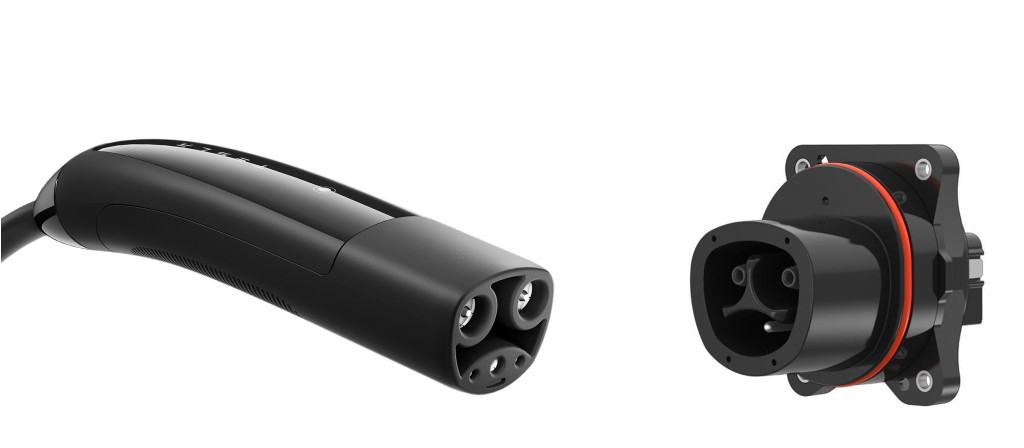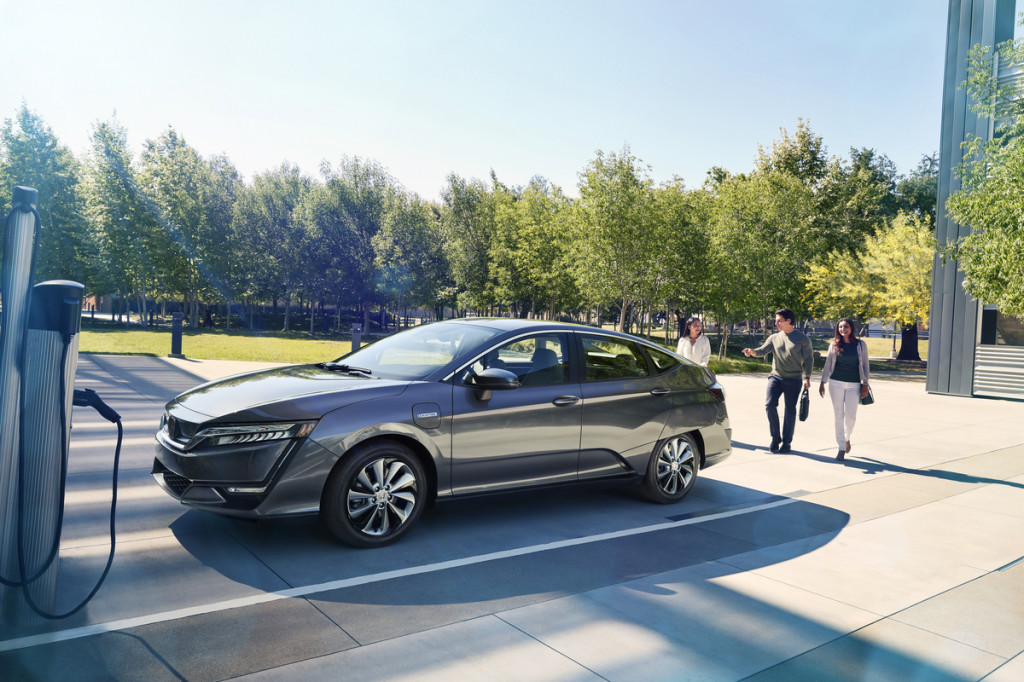Honda sets timeline for adopting Tesla NACS charging

Honda on Thursday announced that it’s formalized an agreement with Tesla for the adoption of Tesla’s North American Charging Standard (NACS) in future U.S. EVs—and what it appears to highlight is that dealerships will need to juggle two different charging standards during the arrival of its upcoming EVs.
Although Honda confirmed the shift to NACS in August, it’s now said a bit more about the timeline.
“In 2025, Honda is planning to launch a new EV model in North America equipped with a NACS port,” stated the automaker. “From that point forward, Honda will continue adopting NACS standards for its models.”

Tesla Supercharger connector – now called NACS
Meanwhile, the EVs that Honda will launch for North America before 2025—will offer CCS. Just as with other automakers that have announced the shift, an adapter will be provided so that those vehicles might charge on Tesla’s Supercharger network and other infrastructure that might use the NACS connector, like the major U.S. high-power charging network that’s in the works from Honda and six other automakers.
So the Honda Prologue and Acura ZDX, which arrive in 2024 and are essentially reskinned GM vehicles, will get CCS. Meanwhile, models arriving from 2025 on—like the yet-unnamed, mid-size Honda-developed EV due in 2025, and the affordable EVs developed with GM due soon after that—will get NACS. Although Honda couldn’t yet confirm on behalf of the Sony-Honda EV, branded Afeela, to be made in Ohio and due for early 2026 deliveries.

2019 Honda Clarity Electric
This is potentially confusing for U.S. Honda and Acura dealers, who had no volume EV for the U.S. (just the limited, California-focused former Clarity Electric) up until now. From the outset they will need to prepare to support two connector standards.
That said, Honda says that it’s fully committed to NACS for its own (non-jointly-developed) EVs with its e:Architecture. On those vehicles, it confirmed to Green Car Reports, the NACS port will be used for both DC fast-charging and slower L1 and L2 AC charging—so expect a future ecosystem of Honda charging products to center unilaterally around the Tesla port.